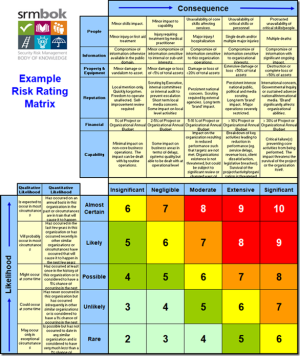
I wrote many years ago that the safety curriculum requires reform (https://safetyrisk.net/isnt-it-time-we-reformed-the-whs-curriculum/) but it fell on deaf ears and many with vested interests to keep the status quo. The curriculum that is in place to prepare people for the work of OHS is appalling and completely disconnected from what is expected in the workplace.
So much of the safety curriculum is framed at regulatory policing and the policing of hazards. The curriculum is full of mythology from Heinrich, Reason and others that present models that are completely false and at odds with reality. Eg. the Bradley Curve, Heinrich’s Triangle and Reasons’ Swiss Cheese are founded on complete falsity.
The safety curriculum doesn’t introduce anything about: the nature of persons, ethics, moral meaning, effective communication, the psychology of motivation and perception, psychosocial health or, education and learning. Compared to other generalist disciplines such as Nursing, Teaching and Social Work, the safety curriculum is an echo chamber (https://safetyrisk.net/researching-within-the-safety-echo-chamber/) for compulsory miseducation.
It is instructive to look at the ads for safety advisors and what is expected in a safety advisor job description. And, let’s not look at ‘zero harm advisors’, could any industry be so stupid?
So much of what is expected of a safety advisor requires an extensive and broad education in communication skills that is not present in a safety qualification. Indeed, most advisors when dumped on an executive team, either quickly learn on the job or get shifted out. Indeed, the average life of a safety advisor is usually pretty short. Many get shifted after any serious accident.
Indeed, many safety advisors are lumbered with the blame when things go wrong. It is a thankless job. Moreso, when safety advisors venture out into the field, they face a general sense of alienation by the workforce, particularly if they have been taught by the curriculum to be a crusader (https://safetyrisk.net/are-you-a-safety-crusader-or-a-safety-leader/).
We learned from Rosa Carrillo’s excellent book (https://safetyrisk.net/ohs-voices-from-the-resistance-rosa-carrillo/) that many in safety are looking to leave.
What can be done?
Not much, until the regulators and associations want a change. Even when reform is suggested, the solution is always an engineer or regulator to ensure that nothing changes (https://www.safeworkaustralia.gov.au/doc/review-model-whs-laws-final-report). Unfortunately, these are the groups with the most vested power to keep things as they are.
A Catch-22.
And, while groups that promise ‘difference’ but have no methodology or method, the alternative is a future of slogans-as-myth and, nothing will change.
If you are interested in a curriculum that offers many things excluded from the safety curriculum, you can look here: https://cllr.com.au/elearning/
If you want to make a start in shifting away from policing safety to become a helper in safety, you can start with a free course in SPoR here: https://vimeo.com/showcase/4233556



Do you have any thoughts? Please share them below